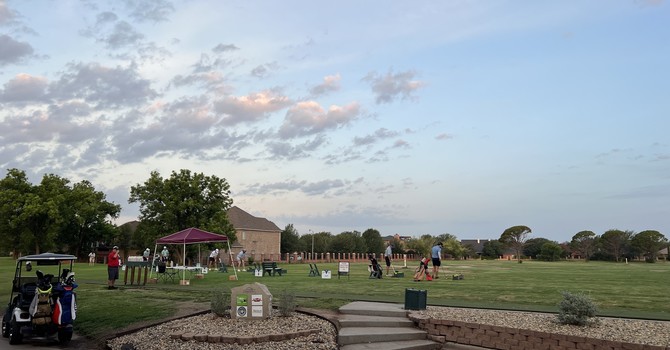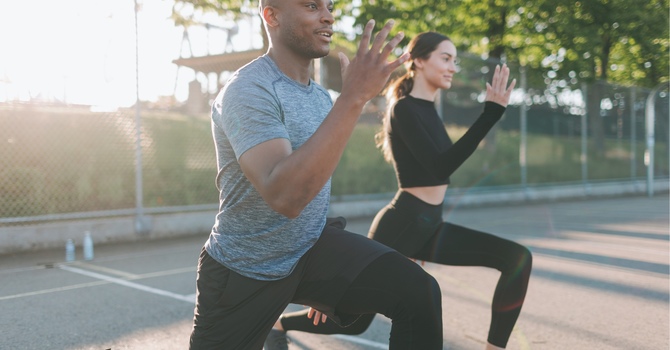In the age of cold plunges, massage guns, red light therapy, and recovery boots, it’s easy to believe that the secret to feeling and performing better lies in the next high-tech tool. But if you’re not getting the basics right — sleep, hydration, and nutrition — you’re leaving the most powerful recovery tools on the table.
Let’s break it down.
1. Sleep: The Ultimate Recovery Tool
You can’t out-hack bad sleep. It’s during sleep that your body:
-
Repairs muscle tissue
-
Regulates hormones
-
Calms down systemic inflammation
-
Rebuilds your nervous system
Poor sleep = poor recovery.
Whether you’re training hard or just trying to stay out of pain, 7–9 hours of quality sleep is where most of your healing actually happens.
Simple tips:
-
Go to bed and wake up at consistent times (yes, even weekends)
-
Limit caffeine after 2 PM
-
Keep your room cool and dark
-
Avoid scrolling in bed — blue light and stress don’t help
2. Hydration: Your Body’s Recovery Highway
Muscles, fascia, joints — they all depend on adequate water intake. Without it, recovery slows down, tension builds up, and you’re more prone to fatigue and stiffness.
Dehydration doesn’t just make you thirsty — it makes you tight.
What to do:
-
Aim for about half your body weight in ounces of water daily
-
Add electrolytes if you're sweating a lot or drinking caffeine/alcohol
-
Start your day with a glass of water before anything else
3. Nutrition: Fueling Repair From the Inside Out
Your body can’t rebuild if it doesn’t have the materials to do it. Whether you’re recovering from a hard lift, an injury, or just general soreness, your nutrition matters more than your supplements or gadgets.
Prioritize:
-
Protein — for tissue repair and muscle maintenance
-
Fruits & vegetables — for vitamins, minerals, and inflammation control
-
Carbs — to refill energy stores and support hormone balance
Supplements are great — but they’re called “supplements” for a reason.
So What About the Trendy Stuff?
Ice baths, dry needling, massage guns, cupping, foam rolling — these can help.
But they’re not the foundation.
Think of them as the icing, not the cake.
If your sleep is garbage, you're dehydrated, and your diet is inconsistent — no amount of cold plunging is going to fix your fatigue, soreness, or injury risk long-term.
The Takeaway:
There's a lot of great and helpful tools out there. But if you're serious about recovery — whether that means getting out of pain or performing at a higher level — get your pillars in place first.
Then build from there.
Want guidance on creating a smarter recovery routine based on your goals and lifestyle?
A conversation with a movement-focused chiropractor can help point you in the right direction.
Fortify Chiropractic | Lubbock, TX
Where smart recovery meets long-term performance.
Dr. David Farley
Contact Me


